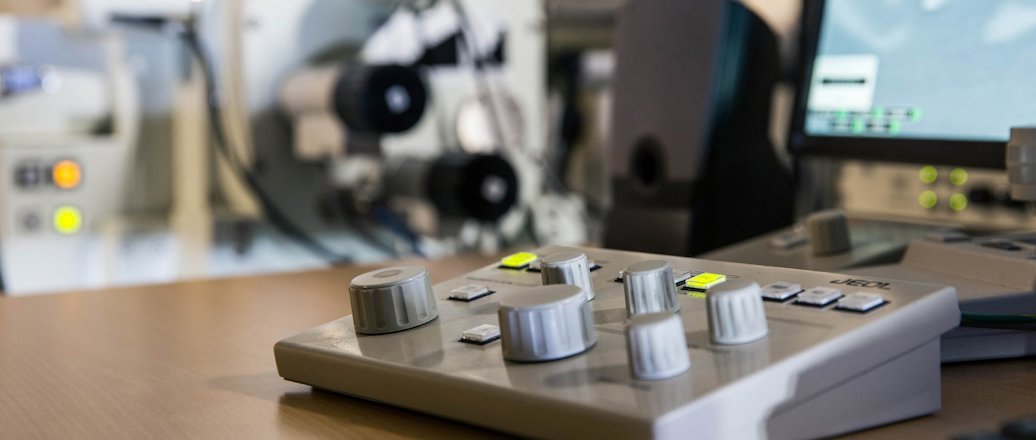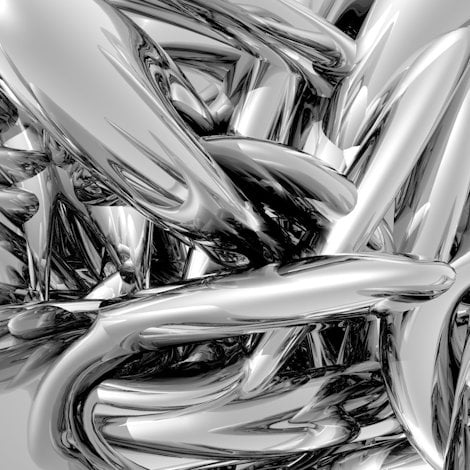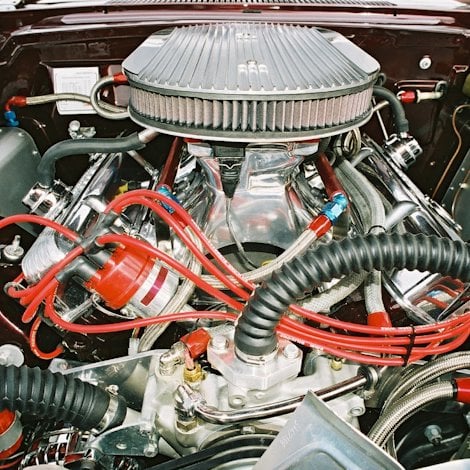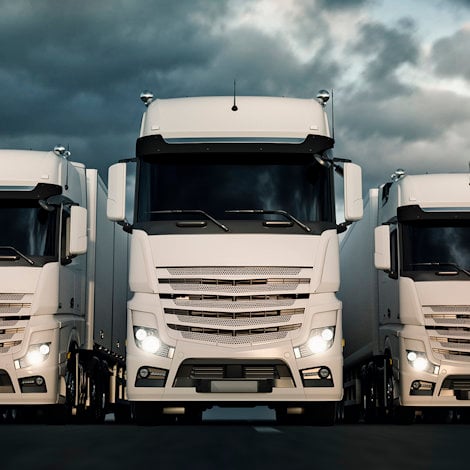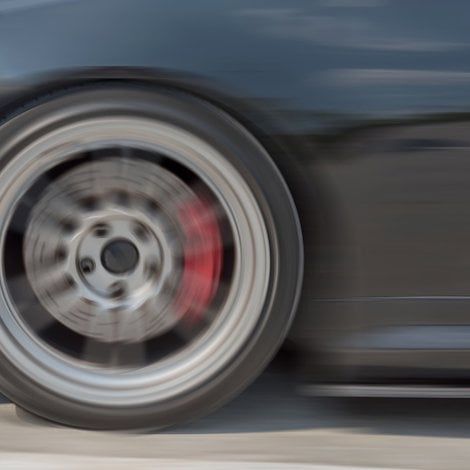With hot metal gas forming, aluminium substitution in vehicle parts
Hot metal gas forming can help us replace certain aluminium sheet solutions used in cars, with more complex and cost-effective extruded aluminium solutions.
Hot metal gas forming (HMGF) is a manufacturing process that allows us to replace multiple-part solutions with one part, where we can keep design freedom or even increase it. This results in:
- Less material
- No joints
- Increased strength and stiffness
- Improved tolerances
- Easier integration and assembly
- Better-looking parts
Strength and stiffness in tight spaces
Let me look more specifically into how this can be done.
When you design structural parts, you face several constraints. You have limited space – often very tight – and you have many other parts to consider. Many parts require unique three-dimensional shapes just to fit the limited space available, yet they still have an important role to play in the overall strength and stiffness.
Today, this often leads to using either a sheet metal solution for complex shapes – for example, A or B pillars – or an extruded profile solution with simpler shapes, where the strength of a tubular shape or profile is needed.
Examples of this are cantrails, roof rails, crush cans, longitudinals, side sills and cross-members.
With HMGF, you can form profiles into complex three-dimensional shapes. Which means that you can replace some of the sheet metal solutions with a profile solution, where strength and stiffness is needed.
Minimal springback
We see other important benefits of hot-formed parts.
One is that the high temperature results in a very low tensile strength during forming. This results in minimal springback. On top of that, they are solutionized in the forming process.
The result is that the formed components will have the same great mechanical properties and “formability” after the forming process as they had before, with no built-in residual stresses and with great tolerances.
In comparison, all cold-forming processes like hydroforming or bending will result in a change of mechanical properties in the zones that have been formed.
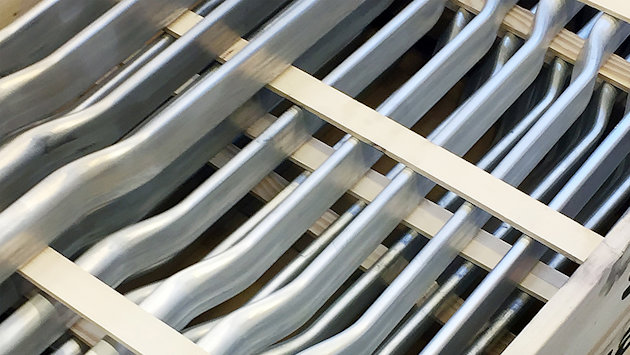
One part, better strength and aesthetics
As I mentioned, HMGF can replace multiple-part solutions with only one part. Examples of this are cast or plastic nodes, often used with extruded profiles, for joints that often reduce strength and/or increase weight.
Multiple-part solutions in most cases are negative for the visual appearance, too. They just don’t look as good as one flowing part made with one material, especially one that looks as good as aluminium does. This is important for external parts. Roof rails, for instance.
Tubular shapes vs. sheet aluminium
Hot metal gas formed extruded components are also better, technically, than sheet metal solutions. The explanation is that tubular shapes provide strength in all axes, while with sheet metal solutions, you have a trade-off between strength in some directions but weakness in others.
Yes, sheet metal is a smarter choice in some cases. The cross-section of a profile can be a few hundred millimeters wide at the top, and if a thin solution is required, then a tubular choice is clearly not an option – and you would probably go for sheet.
But let me go back to my main point: When you can get functional and/or good-looking parts that give less trade-offs in product designs, why wouldn’t you choose these instead?

